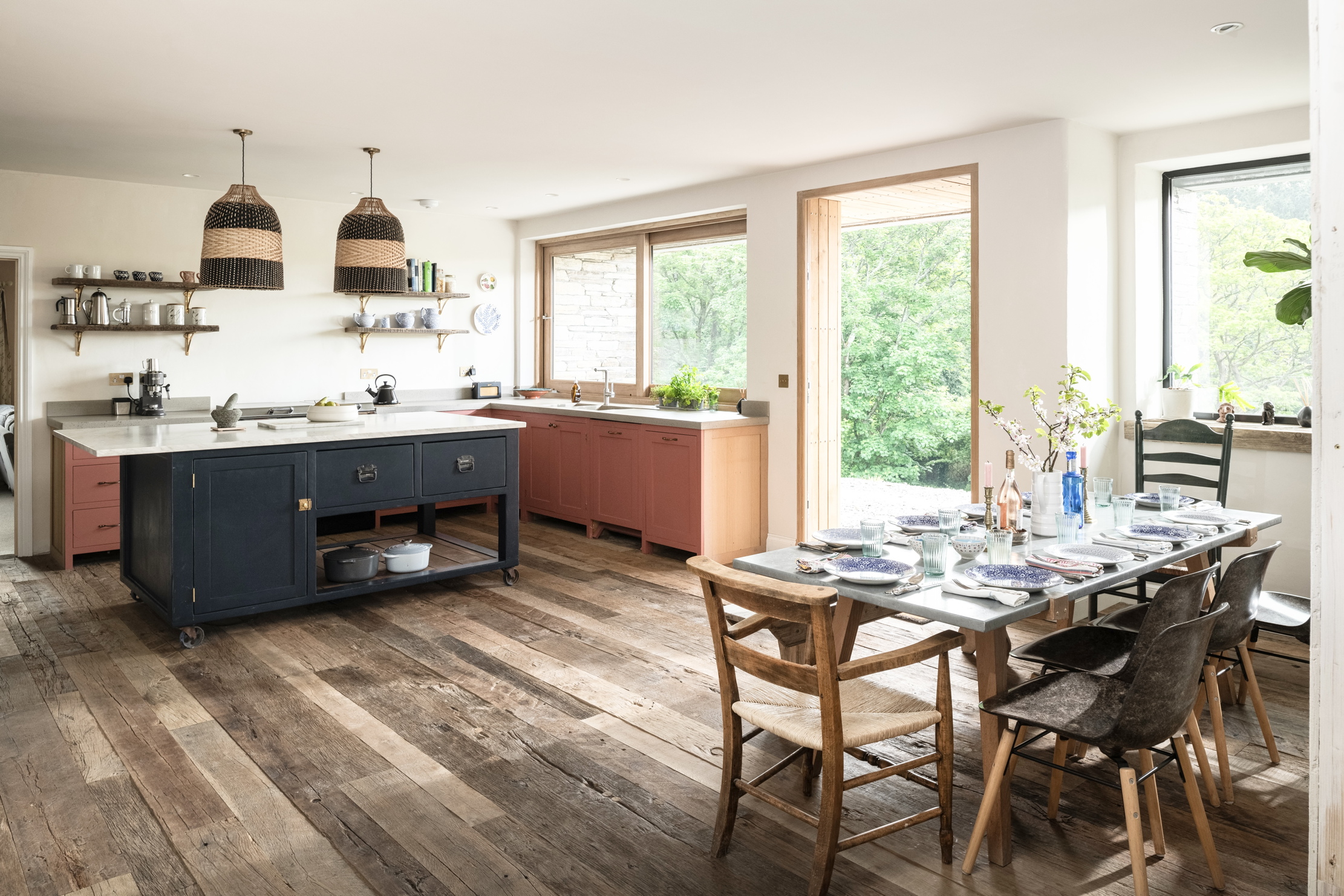Spectator: Lucy Baring
A metal detector adds to the list of family pastimes, and yields an exciting discovery


I've always wanted a metal detector, so we gave one to our daughter for her 13th birthday. Although the ‘entry level' professional bit of kit came in a pleasingly large box, her reaction was politely uncertain. It remained so when the machine was bleeping continually in the kitchen, until we realised that the floorboards under the lino must have endless nails in them.
Later that day, we wandered into our nearest field. It was a fairly typical scene-parent coaxing reluctant child to be as interested as parent in the project in hand. We're familiar with this range of mixed emotions-Airfix also brings it out. At least, the detector didn't need any instructions. We've all seen people doing it and how hard can it be? You just wave it over the ground, after all.
We walked up the edge of the field until, within a few yards, the detector sounded and flashed and we started to dig. A few inches down, we found a round lump that wasn't just earth and knew we'd found a Roman coin. Actually, we didn't care-we'd found something and that was enough of a miracle. We ran home laughing and cheering. The entire episode had taken about 15 minutes.
We ran it under the tap and couldn't believe our eyes. It really did look ancient, with some writing on it, and it was slightly mis-shapen, but definitely round and unexpectedly heavy. We Googled, but soon realised that a little more expertise was needed than a search engine into which you type ‘old round coin-like thing', so we took it to our local museum.
There, it was registered by a woman who looked reassuringly excited. ‘Well, I think that might be quite special,' she said. ‘I'll get it to the archaeologists.' ‘Is it a coin?' we asked. ‘Possibly more interesting than that,' she mused. ‘People bring coins in all the time.'
A week later, we had a telephone call from Robert, who invited us to the museum offices so he could explain what we'd found. We leapt into the car and raced round. He's a quiet man, not given to fanciful ideas, but very keen on facts and these are they: we'd found a Papal Bulla of Pope Nicholas III (reigned 1277-80), which would have been attached with silk or hemp to a mandate, papal order, prohibition or ‘Letter of Grace', thereby confirming authenticity.
‘Perhaps the messenger fell asleep under a hedge having drunk too much ale on his way from Canterbury to Winchester? Per-haps he was beheaded for losing the bulla?' Robert didn't join in the conjecture and stuck to the facts. These included ownership of the land where it was found and whether we'd mind giving a grid reference for the museum website. The bulla was rare and similar ones have only been found near Lincoln in the past.
Sign up for the Country Life Newsletter
Exquisite houses, the beauty of Nature, and how to get the most from your life, straight to your inbox.
Having heard about our find, my brother-in-law put us in touch with a very keen amateur metal detectorist. He was charming and certainly knew his stuff. He'd been here before, but then, as he hadn't asked permission, had pretended he was badger-watching. He had felt so guilty about this lie that he came clean within minutes.
He was quite impressed by the bulla and very unimpressed by our detector. Within a few hours, his rather more effective sweeping technique had found a Saxon stirrup piece, some .303 blank ammunition, a Victorian penny and various buttons. Nothing of great value, but another part of his jigsaw in which he's mapping Saxon occupation.
Back in Robert's office, I began to imagine all the Roman belt buckles, medieval coins and Cromwellian buttons from which we would piece together our local ancient history: the garden shed would become a mini museum.
But, more importantly, I imagined how my daughter, having become hooked on archaeology because of our inspired birthday present, would take this passion through life, probably becoming the world's leading expert on iron-age pottery. ‘Do you have any questions?' finished Robert. The daughter fixed him with a steadfast eye: ‘How much is it worth?'
* Follow Country
Life Magazine on Twitter
Country Life is unlike any other magazine: the only glossy weekly on the newsstand and the only magazine that has been guest-edited by HRH The King not once, but twice. It is a celebration of modern rural life and all its diverse joys and pleasures — that was first published in Queen Victoria's Diamond Jubilee year. Our eclectic mixture of witty and informative content — from the most up-to-date property news and commentary and a coveted glimpse inside some of the UK's best houses and gardens, to gardening, the arts and interior design, written by experts in their field — still cannot be found in print or online, anywhere else.
-
 A modern masterpiece for sale in Cornwall that's just one mile from the beach
A modern masterpiece for sale in Cornwall that's just one mile from the beachHay House combines location, elegance and modern family living to create a special home for the 21st century.
-
 'All the floral world wants to do is procreate': Why pollen is nothing to sneeze at
'All the floral world wants to do is procreate': Why pollen is nothing to sneeze atPollen often hits the headlines for making us sneeze, but it plays a vital role in far more serious matters.